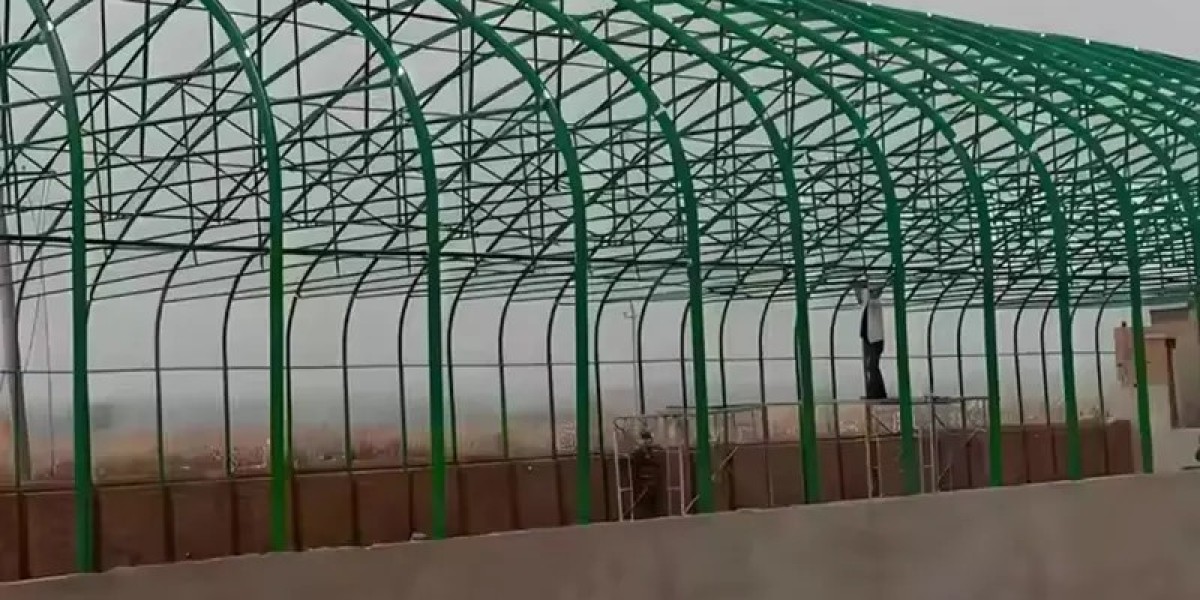In an era where sustainability is paramount, the construction industry is increasingly turning to innovative solutions to enhance energy efficiency. Steel structure buildings stand out as a remarkable option, offering not just strength and durability, but also significant energy-saving benefits. This article delves into how steel structure buildings can revolutionize energy consumption in the construction sector, making them a top choice for environmentally conscious developers.
The Insulation Benefits of Steel Structure Buildings
One of the primary advantages of steel structure buildings is their ability to incorporate advanced insulation materials. Unlike traditional building materials, steel frames can support high-performance insulation systems that significantly reduce heat loss in winter and keep interiors cooler in summer. This thermal efficiency directly translates to lower energy consumption for heating and cooling, making steel structure buildings a cost-effective and environmentally friendly choice.
Sustainable Construction Practices
Steel is one of the most recycled materials globally, with a recycling rate of over 90%. Choosing steel structure buildings not only reduces the demand for new materials but also promotes sustainability through the use of recycled steel. This practice minimizes the carbon footprint associated with construction, aligning with global efforts to combat climate change. Furthermore, the longevity of steel structures means fewer resources are needed for repairs and replacements over time, enhancing overall energy efficiency.
Energy-Efficient Design Flexibility
Steel structure buildings offer unparalleled design flexibility, allowing architects and builders to create energy-efficient layouts that maximize natural light and airflow. By strategically placing windows and ventilation systems, these buildings can harness daylight, reducing the need for artificial lighting and lowering energy costs. Moreover, the open spaces created by steel structures facilitate better airflow, which can enhance indoor air quality and reduce reliance on HVAC systems.
Integration of Renewable Energy Sources
Another significant advantage of steel structure buildings is their compatibility with renewable energy technologies. The robust nature of steel allows for the easy integration of solar panels, wind turbines, and other renewable energy systems. By generating their own energy, these buildings can further decrease their reliance on non-renewable energy sources, leading to substantial reductions in energy bills and carbon emissions.
Long-Term Economic Benefits
Investing in steel structure buildings also brings long-term economic benefits. While the initial investment may be higher than traditional construction methods, the energy savings realized over time can lead to a quick return on investment. Lower operational costs, combined with reduced maintenance requirements, create a compelling financial case for developers and property owners alike. Additionally, as energy efficiency becomes a key factor in property valuation, steel structure buildings are likely to appreciate more in the long run.
In conclusion, steel structure buildings represent a significant advancement in energy-efficient construction. Their insulation capabilities, sustainability, design flexibility, compatibility with renewable energy, and long-term economic benefits make them an ideal choice for those looking to enhance energy efficiency in their projects. By choosing steel structures, developers not only contribute to a sustainable future but also enjoy the practical advantages that come with modern construction techniques.








